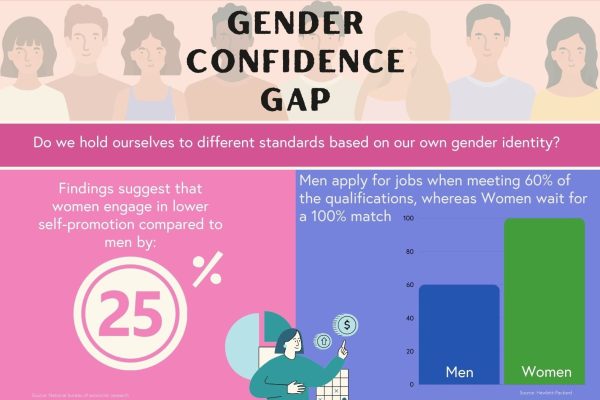Critical thinking: Learning from the old man with a hammer
2 min read
You may have been told the business parable about a broken engine, an old man and a hammer. The story goes:
A giant engine in a factory failed and despite speaking with various ‘experts’ none were able to show the owners how they could solve the problem.
Eventually they brought in an old man who had many years’ experience fixing engines. After inspecting the huge engine for a minute or two, the old man pulled a hammer out of his tool bag. He gently tapped on the engine whereupon it immediately started working.
A week later the owners of the business received an invoice from the old man for £10,000. Flabbergasted, they wrote to the old man asking him to send through a breakdown of the invoice. The man replied:
Tapping with a hammer: £2.00
Knowing where to tap: £9,998.00
The moral of the story is that, whilst effort is important, having the experience to know where to put that effort makes all the difference.
Using a bit of critical thinking (and imagination!) we think the parable could be used to show implications for firms with regards to consulting skills.
1. “Knowing where to tap” – combat information overload with a structured, analytical thinking process
In today’s corporate world, with the prevalence of big data and advanced analytics, knowing ‘where to tap’ is more important than ever for consultants and business advisors.
The key to solving complex problems and knowing ‘where to look’ is to follow a robust, reliable and cohesive structured analytical thinking process before attempting any diagnosis.
2. Prior knowledge isn’t always an advantage – don’t let experience override critical thinking
Experience should not replace critical thinking. The old man thought he knew precisely where to hit but in reality the ‘machinery’ [read corporate environment] is constantly changing and what worked a few years ago is unlikely to work now. Experienced consultants should always be on guard not simply to let the data fit their experiential hypotheses and rush to incorrect conclusions and recommendations.
3. “You need to hit here” – the role of a consultant is to simplify complexity
Consultants simplify complexity by analysing the problem and data to produce actionable, insightful conclusions and recommendations.
Nonetheless, the parable provides a good reminder that, when all else is considered, recommendations should be actionable, robust, insightful, founded on critical thinking and produce an outcome that generates value for the client.
The moral of our story?
If it’s possible to derive this much from a simple tale about an old man, a broken engine and a hammer, imagine how much you could learn with a bit of reflection and critical thinking on your own consulting engagements.



